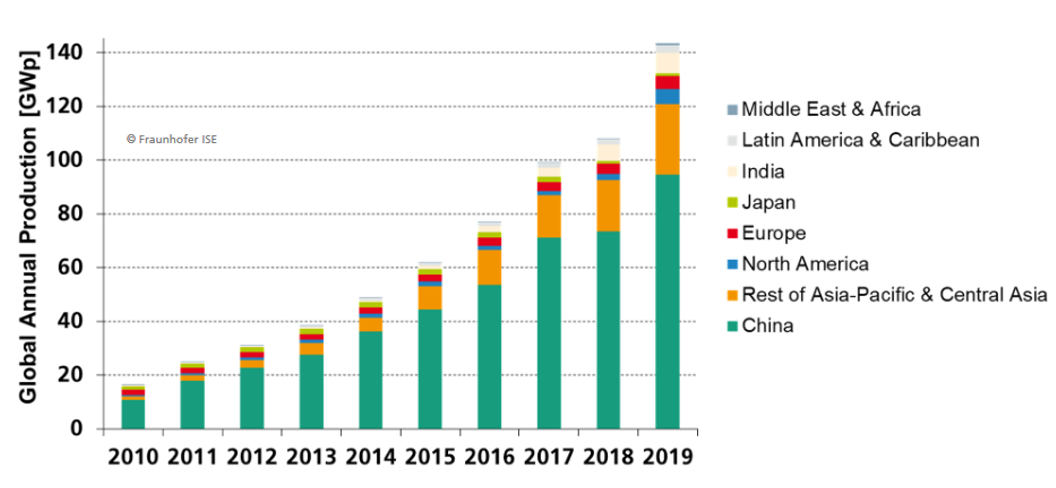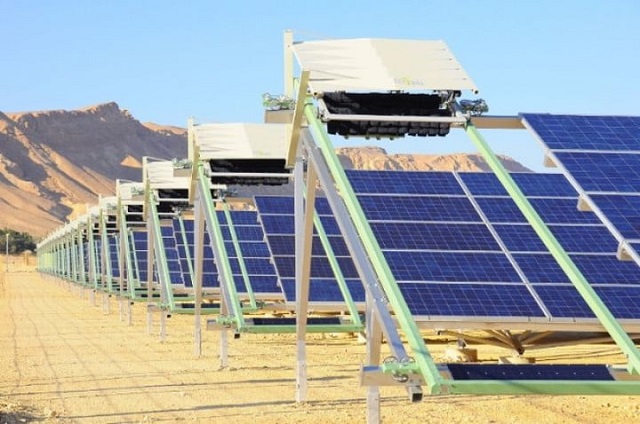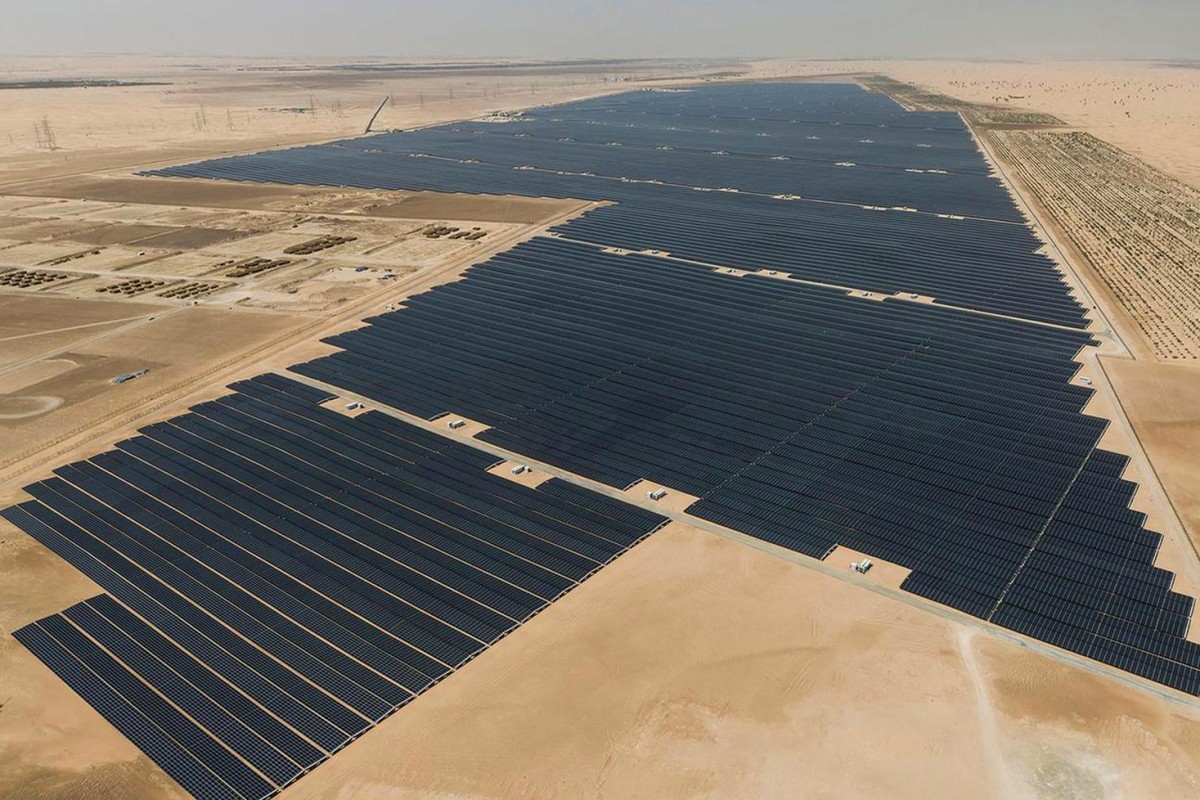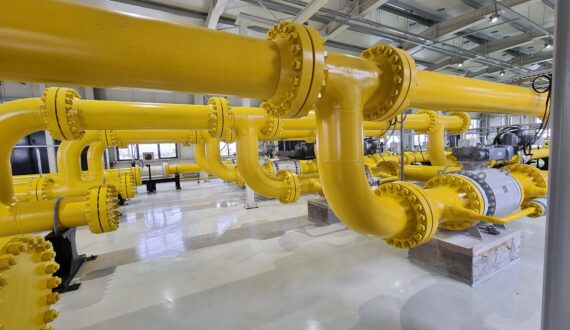Renewable energy production has been a popular and important topic for many years and will remain so for a long time to come. The reasons are easy to understand, the resources from which we produce much of our energy today are exhaustible – they are supposed to be depleted in about 50 years, illegal logging has increased the carbon dioxide content in the atmosphere and contributed decisively to global warming. Overall, the burning of fossil fuels is increasing the amount of pollutants in the air and the demand for these fossil fuels is growing.
But nature has inexhaustible sources of energy, such as the sun, wind, water and geothermal energy.
The signatory countries to the 2015 Paris Agreement have agreed to try to keep global warming below 2 degrees Celsius. The plan was to increase investment in renewable energy sources. Thus, solar farms or photovoltaic power plants have appeared to replace the use of fossil fuels to obtain clean energy.
To understand the rise of these technologies let’s take a look at the figures below. The energy produced from solar energy with the help of photovoltaic panels has the fastest growth in the world.
The top three major solar-producing countries are China, India and the US, followed closely by the Middle East. Of course, large solar farms need space, so the deserts of Asia and the Middle East are ideal for large-scale solar farms.
Some figures on photovoltaics:
- The photovoltaic market is a constantly growing market, with an annual growth of 35% from year to year, from 2010 to 2019
- China is the market leader in the production of photovoltaic panels, with a market share of 66%, followed by the rest of the Asia-Pacific countries (18%). Europe has a market share of only 3%.
- However, when we talk about the installation of photovoltaic panels, Europe has a market share of 24% and China 36%.
Global production of photovoltaic panels by regions

China’s dominant position is also observed in the top 10 solar farms, it has 4 solar farms in the top 10, two of them being in the top 3.
Forecasts for this photovoltaic market are promising, with a 50% increase forecast by 2024. This means an increase in all capacity currently installed in the US only. Of this increase, 4% is represented by wind energy.
The regions with the highest projected growth are the European Union, China and the USA.
An explosion of individual photovoltaic installations, commercial buildings and industrial facilities is also expected.
Knowing all this, let’s see what the top five largest solar farms in the world look like:

- TENGGER DESERT SOLAR PARK
Located in Zhongwei, Ningxia, nicknamed the “Great Wall of the Solar” in China, the park covers an area of 36.7 km2 and has a capacity of 1,547 MW. The area occupied by them represents only 3.2% of the desert but is over 10 times larger than Central Park in New York.
The park is owned by China National Grid and Zhongwei Power Supply Company. Construction began in 2012 and in 2017 the park became functional. The solar park provides green energy for over 600,000 homes.

- BHADALA SOLAR PARK
Located in India, on an area of 40km2 , it has a capacity of 1,365 MW. Expansion plans are ongoing for another 880 MW, surpassing China’s Tengger Park. India’s goal is for 17% of its energy to be solar energy and this solar park will play a decisive role in achieving this goal.

- Sweihan Photovoltaic Independent Energy Project, United Arab Emirates
Sweihan PV is located in Sweihan, Abu Dhabi, United Arab Emirates. The farm covers an area of 7.8 km² and has an installed capacity of 1,177MW.
The plant was developed by a joint venture of Marubeni Corporation (20%), Jinko Solar (20%) and the Abu Dhabi Water and Electricity Authority (ADWEA, 60%), with an investment of $ 870 million. In April 2019, the plant became operational and delivers green electricity for over 195,000 homes.
The model used by Sweihan is an innovative one that allows a low cost for electricity generation.

- Datong Solar Power Top Runner Base
Developed in Datong City, Shanxi Province, China, it has a capacity of 1,070 MW and has been operational since 2016. Development plans for another 600 MW are announced. The project is part of China’s National Energy Administration’s plans to develop solar projects in the region.

- Yanchi Solar Park Ningxia, China
The solar park is located in Ningxia, China and has an installed capacity of 1,000MW. Operational since September 2016, the solar park is considered the largest series of continuous solar energy in the world.
The components of the plant (Huawei’s intelligent PV controllers, wireless transmission) and the central management of the park through the cloud make it possible for the installation to be operated efficiently for 25 years.

Sources: www.originenergy.com www.iea.org https://www.ise.fraunhofer.de







